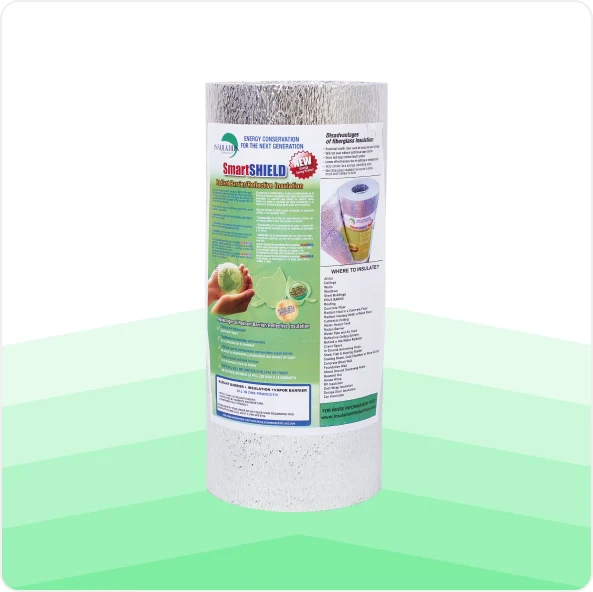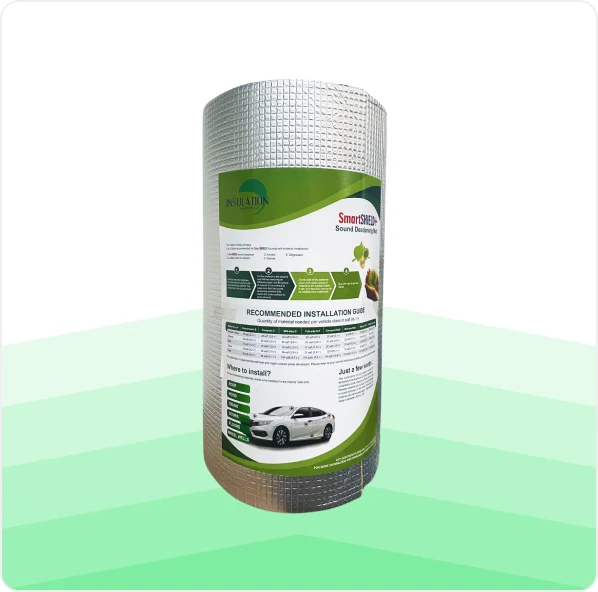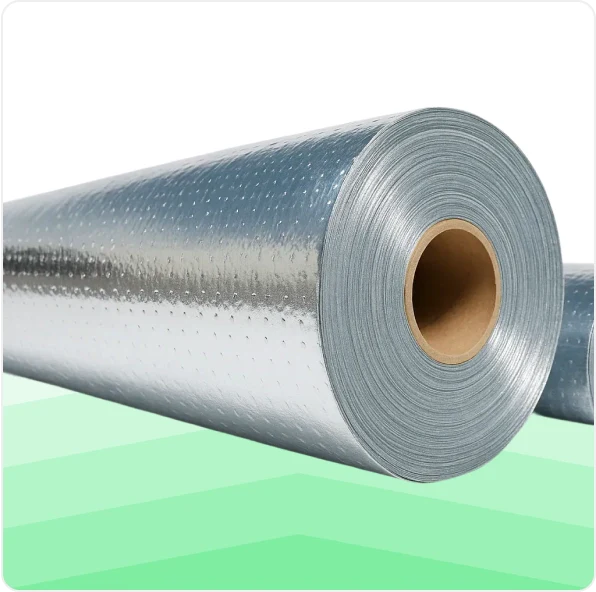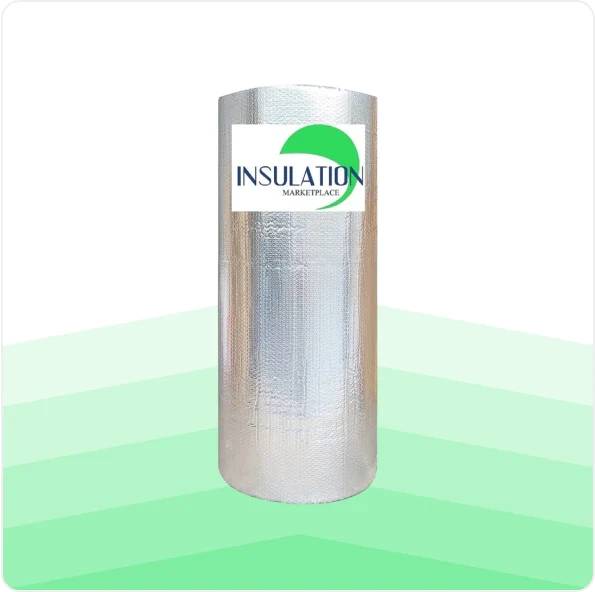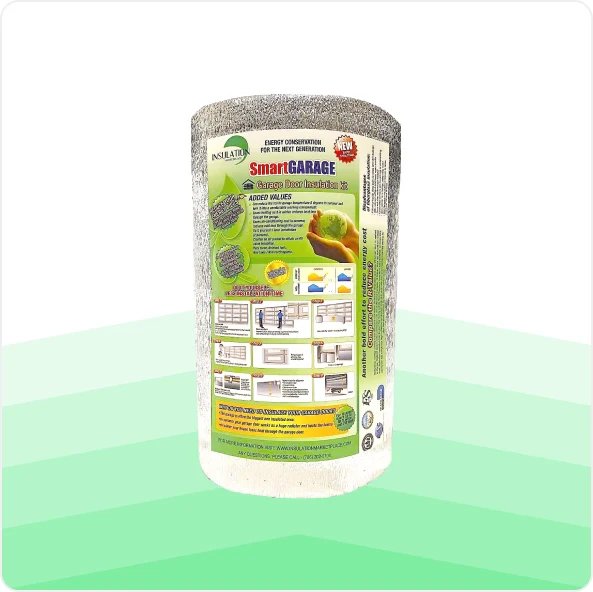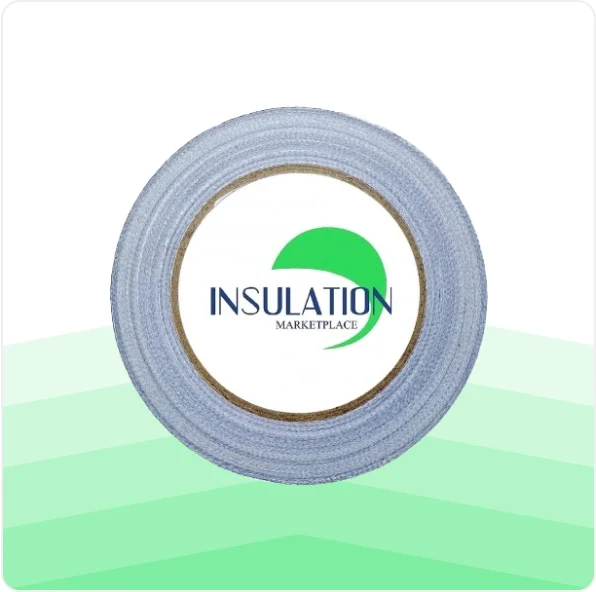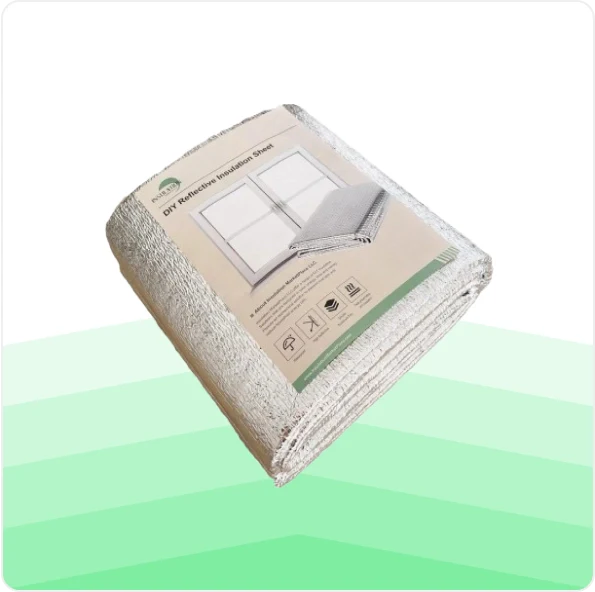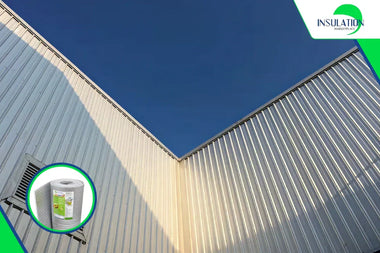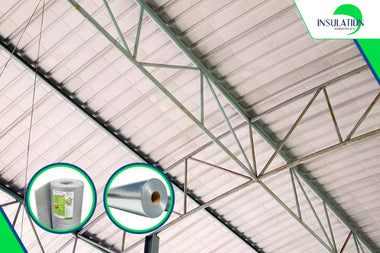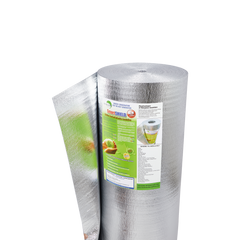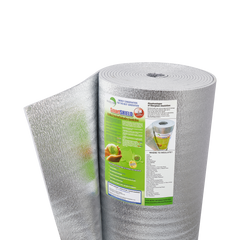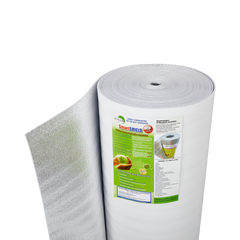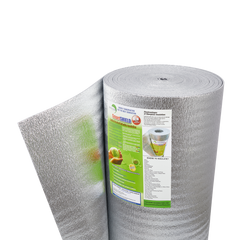Insulating air ducts and air pipes is crucial for maintaining energy efficiency, improving indoor air quality, and preventing condensation. Proper insulation can reduce heat loss or gain, enhance the performance of HVAC systems, and ensure consistent temperatures throughout a building. A properly insulated ductwork ensures warm-conditioned air reaches every corner of a building or home. Pipe and duct insulation saves energy and, therefore, money. It helps make your building energy efficient and improves EPC ratings.
Use: SmartSHIELD 10MM, SmartSHIELD 5MM, SmartSHIELD 1/4 Inch, or SmartSHIELD 20MM
Equipment checklist: Reflective tape, double sided tape, tape measure and utility knife.


How To Insulate Air Ducts and Water Pipes

SmartSHIELD As Vapor, Radon and Radiant Barrier on Concrete Wall: Use: SmartSHIELD 10MM, SmartSHIELD 5MM, SmartSHIELD 1/4 Inch, or SmartSHIELD 20MM.
- Measure perimeter of ducts.
- Cut 2 inch strips out of the insulation rolls equal to the length of perimeter.
- Attach the insulation strips to the ducts with double sided tape every 16 inches (approx.).
- Attach the insulation to the strips with double sided tape.
- Tape seams with reflective tape or use 10M to avoid seam tape.
- If applying a 2nd layer of insulation, repeat steps 1 - 5.
Benefits of Insulating Air Ducts and Air Pipes

1. Energy Efficiency : Reduces heat loss in heating systems and heat gain in cooling systems, leading to lower energy costs.
2. Comfort : Ensures consistent temperatures and reduces drafts.
3. Condensation Prevention : Prevents condensation that can lead to mold and mildew growth.
4. Noise Reduction : Reduces noise from HVAC systems and water flow in pipes.
5. System Efficiency : Enhances the overall efficiency of HVAC systems by reducing the workload.
Proper insulation of air ducts and air pipes can significantly enhance energy efficiency, comfort, and the longevity of HVAC systems. Choosing the right insulation material and ensuring proper installation are key to maximizing these benefits.

